
May 15, 2025
Which Lens Is Best for Landscape Photography?
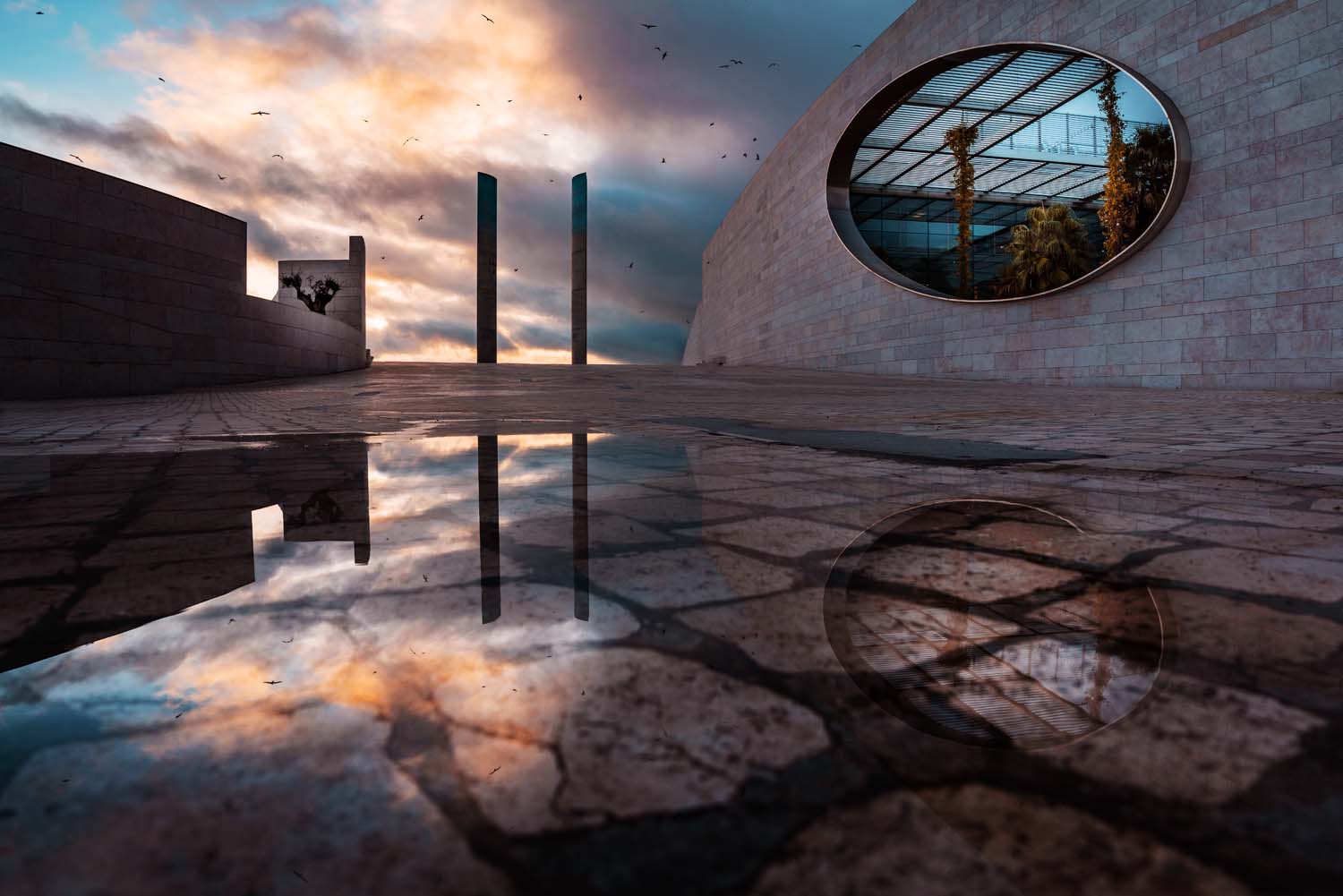
Top Tips for Stunning Nature Shots
Landscape photography is one of the most fascinating yet challenging genres in photography. It thrives on the scale, mood, and intricate details of nature. Whether you’re capturing vast mountain panoramas, secluded beaches, dense forests, or open fields – each scene presents its own unique challenges. One of the key elements for a successful shot is the lens. It defines framing, perspective, depth, and sharpness. But which lens is best suited for landscape photography?
What Makes a Great Landscape Lens?
In landscape photography, a closed aperture is often used to achieve maximum depth of field. Even so, the lens should already deliver excellent image quality at mid-range apertures (such as f/8 or f/11) – not only in the center of the frame, but also along the edges and in the corners.
Low distortion and chromatic aberration
This is especially important with wide-angle lenses, where optical issues such as barrel or pincushion distortion, as well as color fringing (chromatic aberration), can become critical. These flaws can be particularly distracting in landscape shots with clearly defined lines – like the horizon or mountain ridges. A high-quality lens should minimize these issues as much as possible, or allow for in-camera correction.
Contrast and microcontrast
Neben der reinen Schärfe ist auch die Kontrastwiedergabe entscheidend. Ein Objektiv mit gutem Mikrokontrast kann feine Strukturen – wie Blätter, Felsen oder Grashalme – differenziert darstellen und sorgt für ein lebendiges Bild.
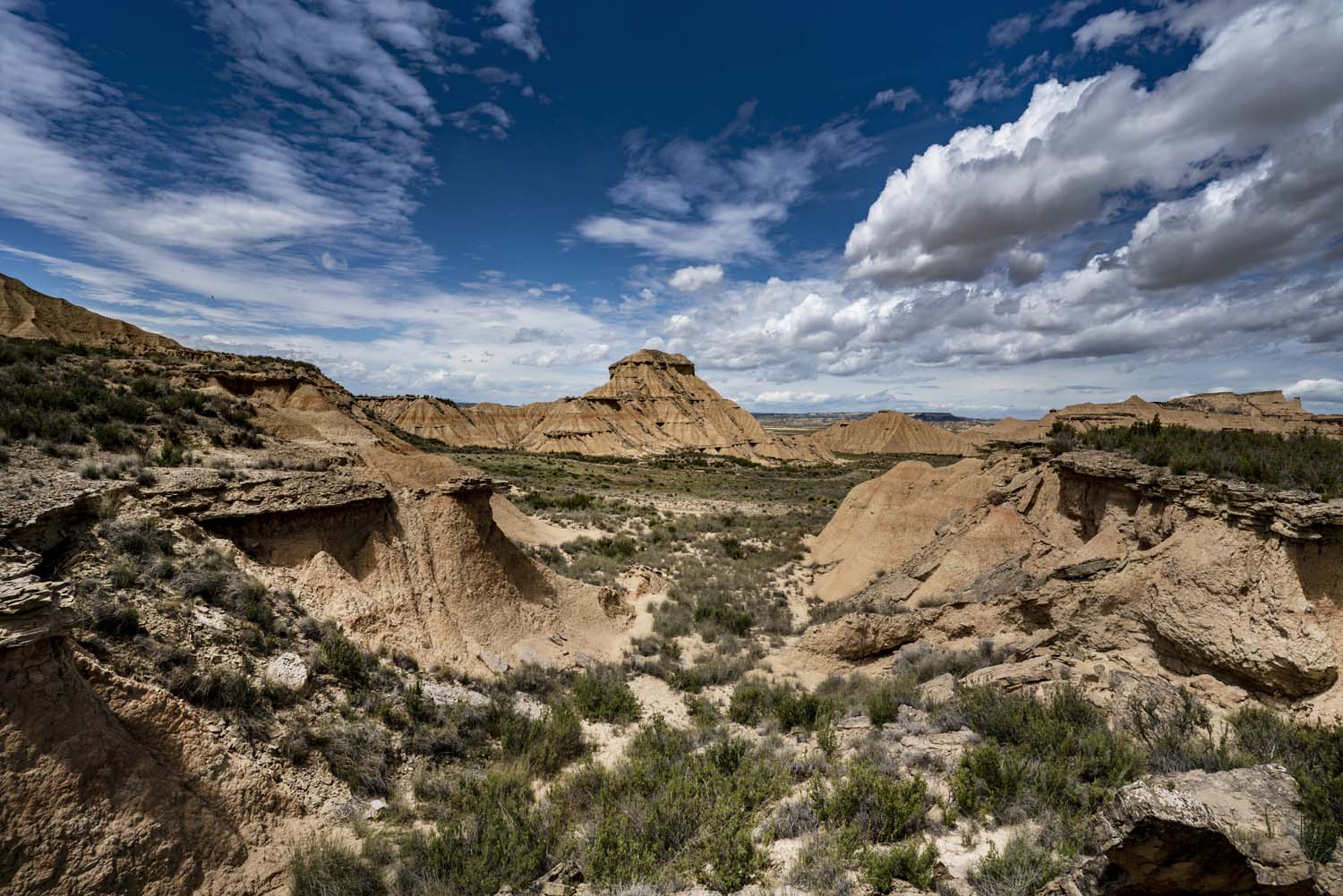
Wide-Angle Lenses: The Classic Choice for Landscapes
Wide-angle lenses are the go-to choice for classic landscape photography. They allow you to capture a broad field of view while keeping both foreground and background in sharp focus. This emphasizes depth and scale – two key compositional elements in landscape photography.
Typical Focal Length Ranges
Ultra wide-angle (10–20mm on APS-C / 14–24mm on full-frame): Ideal for expansive scenes, dramatic perspectives, and creative compositions.
Classic wide-angle (24–35mm): Perfect for natural-looking landscape shots with a realistic sense of perspective.
Challenges of Using Wide-Angle Lenses
Composition: Foreground elements often appear disproportionately large – which can be either a creative choice or a distraction.
Distortion: Straight lines may appear curved, especially near the edges of the frame.
Vignetting: Darkened corners can occur when shooting wide open, but this can usually be corrected in post-processing.
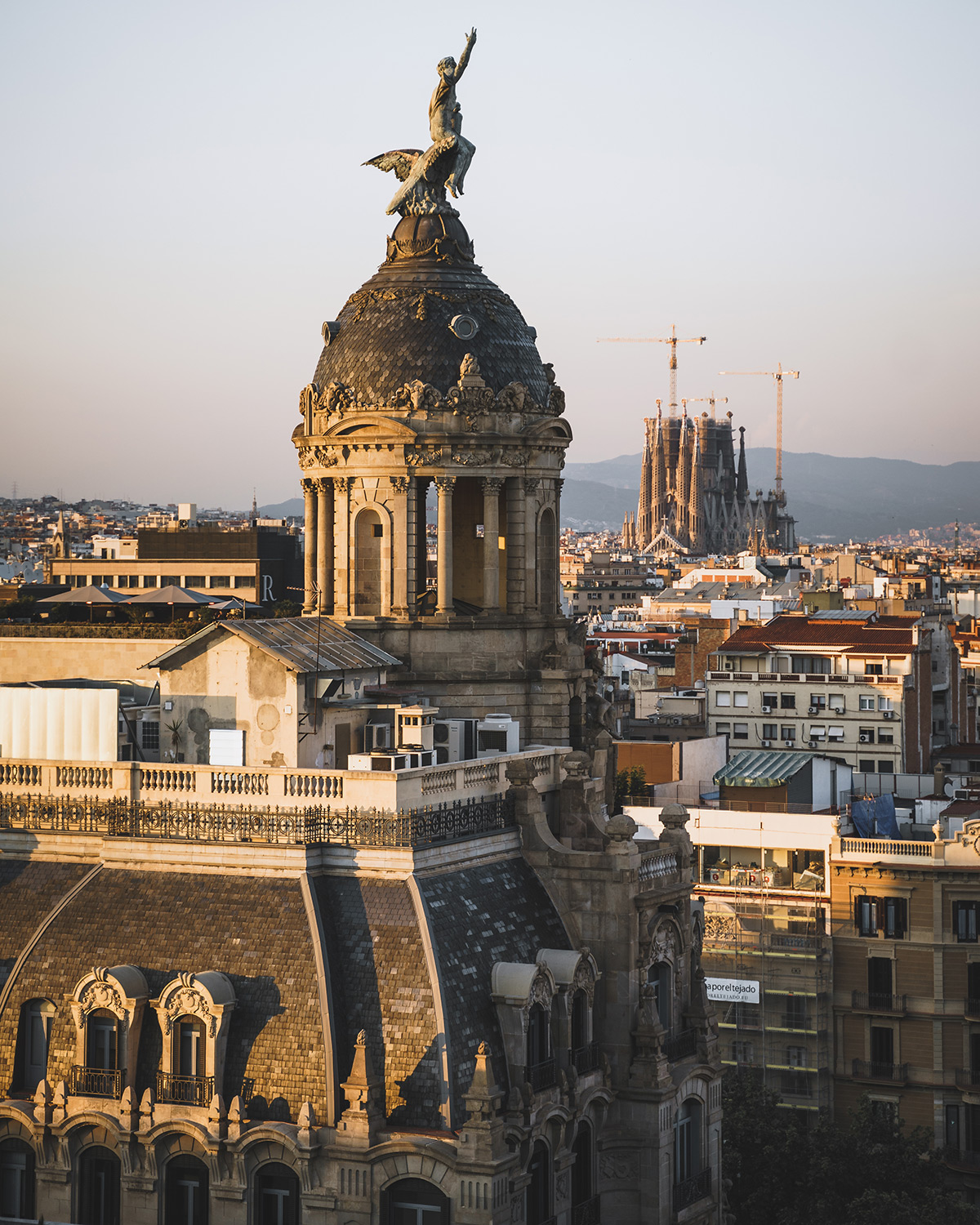
Standard and Normal Zoom Lenses: Versatility on the Go
Lenses with medium focal lengths (around 35–70mm on full-frame) offer a natural perspective and are ideal for capturing landscapes the way the human eye sees them. Especially when traveling or hiking, standard zooms provide a practical balance between wide-angle and telephoto – perfect when you don’t want to keep switching lenses.
Typical Use Cases
Reportage-style landscape shots with a natural look
Combining landscape with people or objects in the frame
Capturing detailed sections within a wide environment
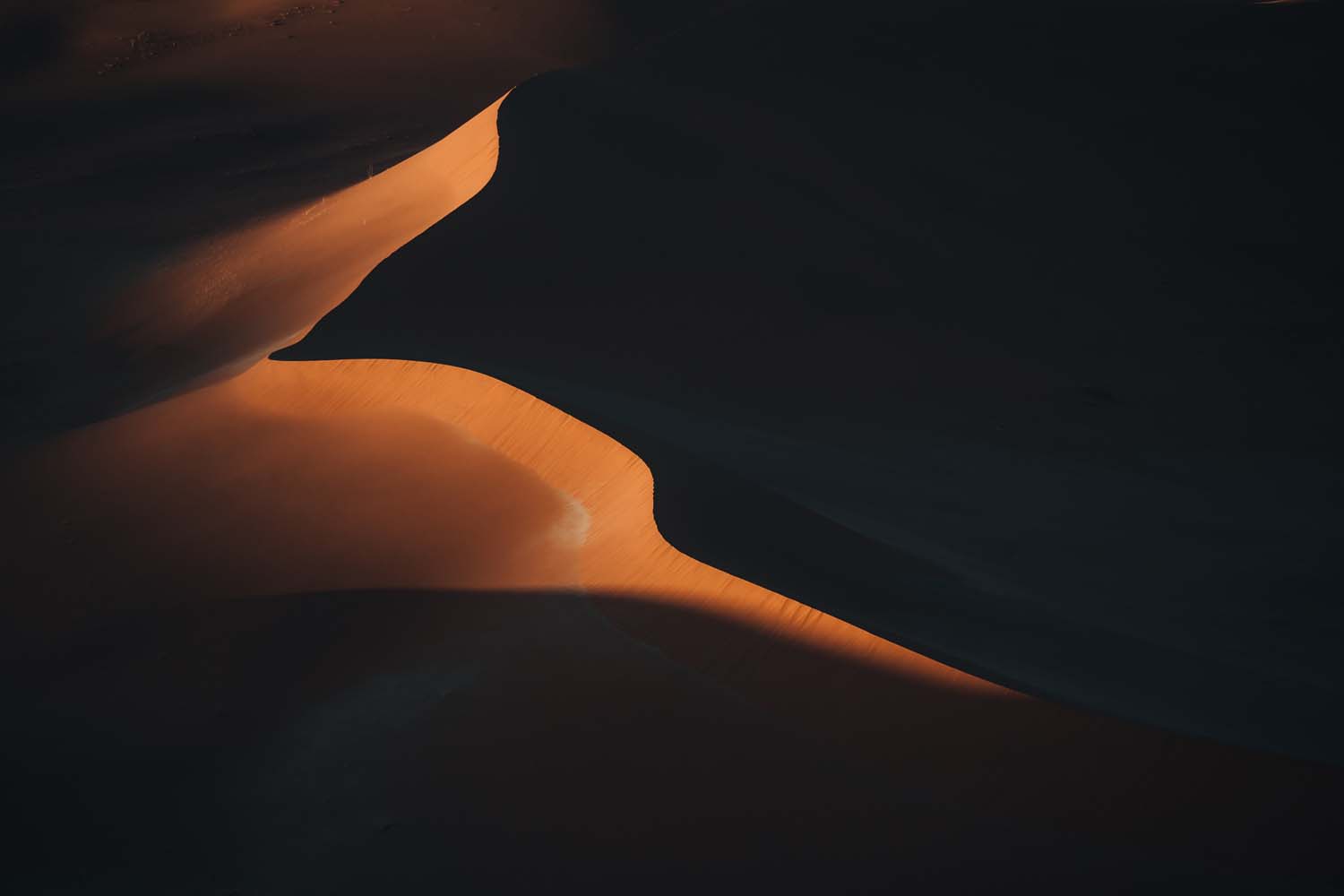
Telephoto Lenses: For Details and Compression Effects
Even if they may seem less intuitive at first, telephoto lenses absolutely have their place in landscape photography. They allow for intentional compression of image layers and make it possible to capture distant details with clarity.
Telephoto lenses offer a creative potential in landscape photography that is often underestimated. They let you highlight specific elements in the scene and alter the sense of spatial depth using what’s known as the compression effect. Especially when photographing subjects that are far away, longer focal lengths can reveal entirely new perspectives.
Typical Applications:
Isolating individual elements: A lone tree on a hill, a solitary lighthouse, or a distant mountain peak can be impressively separated from the background using a telephoto lens.
Composing with multiple layers: Mountain ranges, rolling hills, or cloud formations can be visually stacked and compressed, creating dynamic and dramatic compositions.
Focusing on the essentials: Thanks to the narrow angle of view, distracting or unnecessary elements can be left out of the frame, directing full attention to the main subject.
However, using telephoto lenses also comes with technical challenges that should be considered when planning and executing landscape shots. The longer the focal length, the more sensitive the system becomes to even the slightest movements, changing light conditions, or inaccuracies in focus.
Anyone working with telephoto lenses needs to not only compose more intentionally but also operate with greater technical precision:
Risk of camera shake: The longer the focal length, the more likely motion blur becomes – making a stable tripod or reliable image stabilization essential.
Deliberate framing: Unlike wide-angle lenses, you can’t simply “add more into the frame” – every composition must be chosen carefully.
Shallow depth of field: Especially when shooting wide open, the focus area becomes very narrow – requiring precise focusing, ideally using manual focus.
Despite these challenges, using telephoto lenses is well worth the effort: they offer unexpected perspectives and allow for landscape images that clearly stand apart from the classic wide-angle look. Those willing to invest a bit more in technique and composition will be rewarded with truly striking results.
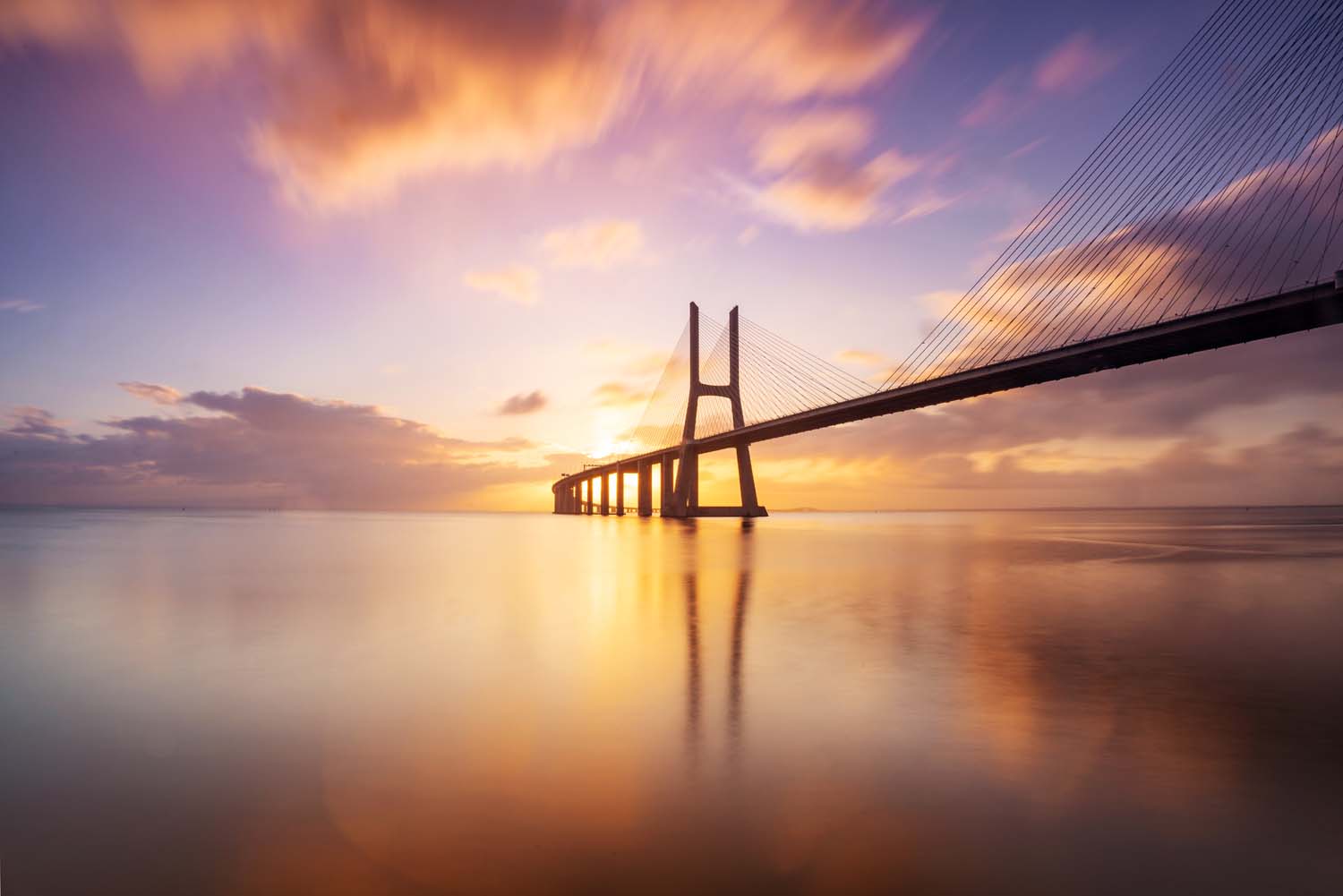
Prime Lenses: Maximum Quality and Creative Freedom
Prime lenses generally offer higher optical quality than zoom lenses. They tend to be faster, more compact, and encourage more intentional composition. Photographers who work consciously with perspective and framing benefit from cleaner images and minimal distortion.
Typical Prime Focal Lengths for Landscape Photography
20–35mm: Classic wide-angle
50mm: “Normal” focal length with versatile applications
85–135mm: Ideal for detail shots and compression effects
Key Technical Features of Landscape Lenses
In landscape photography, a closed aperture (typically between f/8 and f/16) is commonly used to achieve maximum depth of field. A wide maximum aperture (such as f/2.8 or larger) is generally less important for landscapes – except when shooting at dusk or when using filters.
Manual Focus and Focus Scale
For precise focusing – especially during long exposures or focus stacking – a well-designed manual focus system can be extremely helpful. A focus distance scale on the lens makes it easier to set the hyperfocal distance, helping you achieve maximum sharpness throughout the entire image.
Weather Protection
Since landscape photography often takes place in changing weather and rugged environments, splash- and dust-resistant construction is an important factor when choosing a lens. A special coating on the front element to protect against dirt and moisture is also a valuable feature.
Additional Tips for Lens Selection and Composition
Make use of the foreground: Especially when using a wide-angle lens, placing an interesting foreground element can add depth and lead into the image.
Work with lines and structures: Paths, rivers, or walls can act as natural leading lines to guide the viewer’s eye.
Avoid cluttered images: Less is often more – aim for calm, clear compositions with a strong visual focus.
Use filters intentionally: Polarizers, ND filters, and graduated neutral density filters can help control light and enhance contrast.
Conclusion: Great Landscape Photography Starts with the Right Lens.
There is no such thing as the one perfect lens for landscape photography – because every subject, every scene, and every photographic style calls for different tools. What matters most is understanding the strengths and limitations of various focal lengths and lens types, and using them intentionally.
Wide-angle lenses open up spectacular perspectives, telephoto lenses allow for minimalist compositions, and prime lenses deliver the highest optical quality. Your choice of lens has a significant impact on how your landscape images feel – whether expansive and open, reduced and focused, or technically perfect down to the smallest detail.
Those who work consciously with focal length, perspective, and light can get the most out of any landscape – and turn a photograph into a story.
TAMRON products mentioned in this article
20mm F/2.8 Di III OSD M1:2
Model F050
20-40mm F/2.8 Di III VXD
Model A062
50-300mm F/4.5-6.3 Di III VC VXD
Model A069
28-75mm F/2.8 Di III VXD G2
Model A063
150-500mm F/5-6.7 Di III VC VXD
Model A057